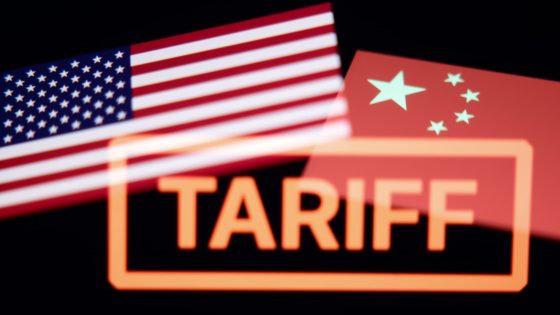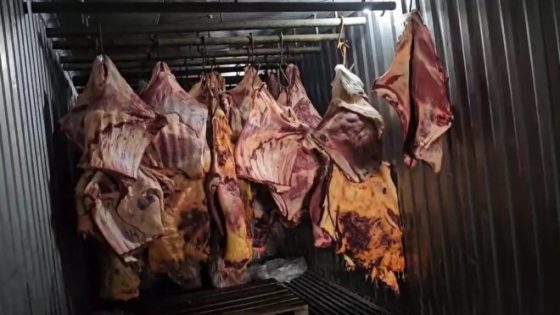On February 4, 2025, China’s finance ministry announced it will impose additional tariffs on select U.S. imports starting February 10. The new tariffs include a 15% duty on coal and liquefied natural gas, and a 10% increase on crude oil, farm equipment, and certain vehicles.
- China imposes 15% tariffs on U.S. coal.
- Additional 10% duties on crude oil announced.
- U.S. tariffs on Chinese exports now effective.
- China criticizes U.S. tariffs as WTO violations.
- Export controls on specific minerals implemented.
This announcement coincides with the implementation of a blanket 10% tariff by the U.S. on Chinese exports, which China claims violates World Trade Organization rules.
The recent escalation in trade tensions between China and the united states is marked by China’s decision to levy additional tariffs. These tariffs are part of ongoing retaliatory measures amid heightened economic friction between the two nations.
The specific details of the new tariffs are as follows:
- 15% tariff on coal and liquefied natural gas imports from the U.S.
- 10% higher duties on crude oil
- 10% higher duties on farm equipment
- 10% higher duties on selected cars
This announcement comes just as U.S.-imposed tariffs have taken effect, which adds further complexity to international trade relations. In addition to these import tariffs, China’s commerce ministry also revealed plans to implement export controls on critical materials such as tungsten and molybdenum.
The situation reflects an ongoing pattern of tit-for-tat measures that have characterized Sino-U.S. trade relations over recent years. Both countries continue to navigate this complex landscape while seeking to protect their respective economic interests.
The imposition of these new tariffs underscores escalating tensions in global trade dynamics between major economies like China and the United States. As both nations respond to each other’s policies, stakeholders must remain vigilant regarding potential impacts on international markets.
































